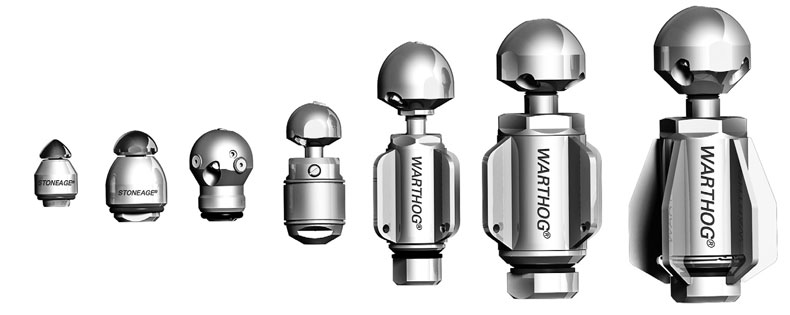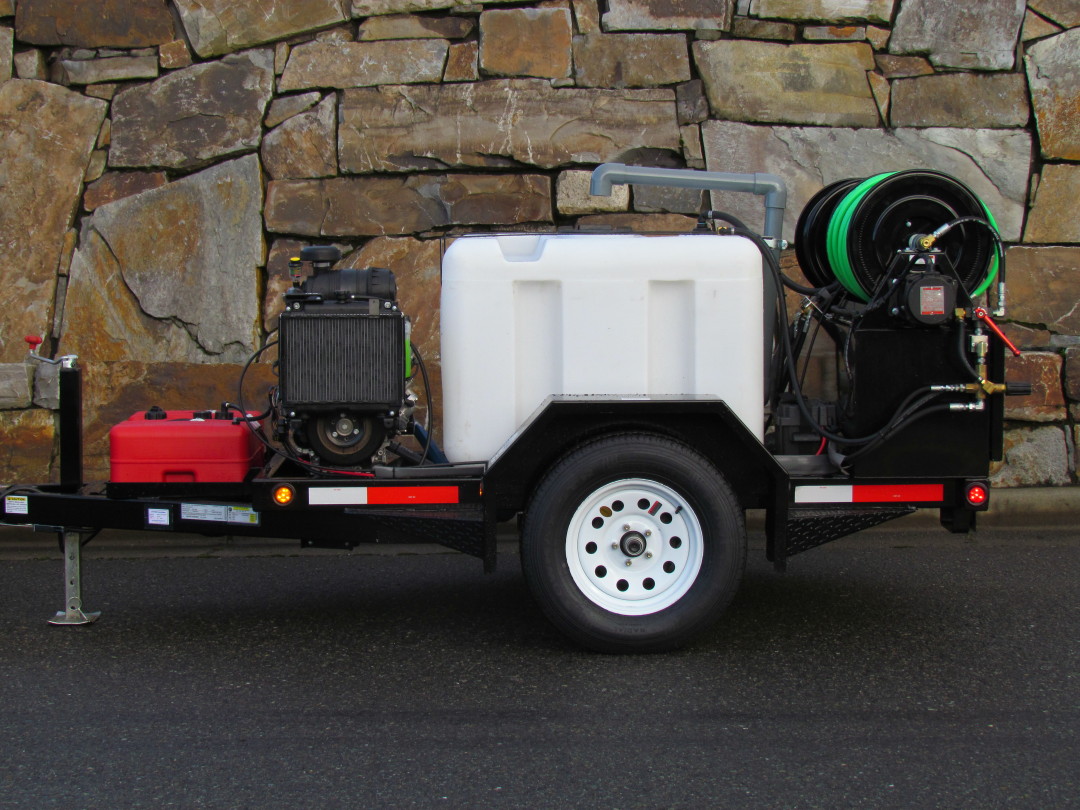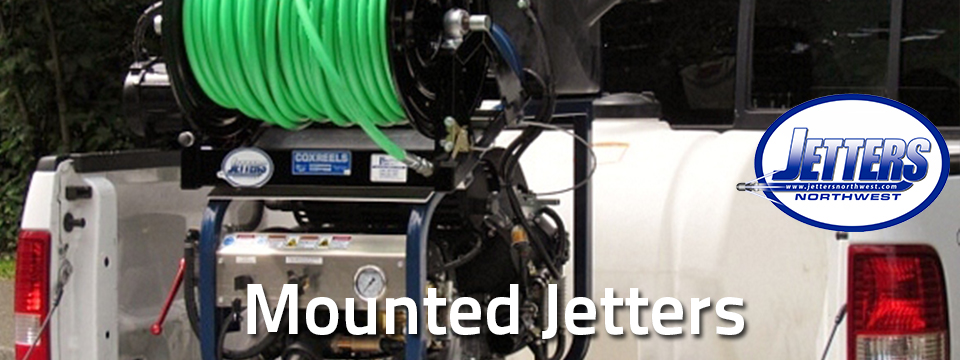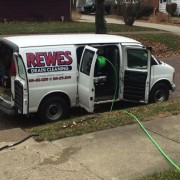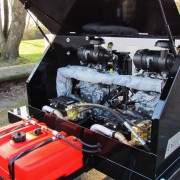Feed the Warthog!… (and it will feed you)
Author: John McBride
Without question one of the most popular tools in the industry and on our shelf is the Warthog Nozzle. With the right jetter it is capable of cutting roots, and clearing grease. If you purchased your jetter from Jetters Northwest, there is a good chance you already own and are using this valuable tool.
In this month’s blog, Jetters Northwest wants to ensure that those of you who own a Jetter are getting the most from your investment…that being said, lets talk about maintenance.
The most important component of keeping your Warthog at its full performance is to replace the viscous fluid that both lubricates the seal and bearings, but also slows the tools rotation. This should be done on a regular basis. The factory recommends refreshing the oil every 40 hours of tool use and replacing the seal as needed (between 150-300 hours).
To fill the tool with viscous fluid: (Basic instructions for WT-3/8 and WS-1/2 inch models)
- Fill the syringe with viscous fluid. This is best done by unscrewing the handle from the tube and pulling out the plunger. Pour fluid into the tube; reassemble the syringe.
- Hold the Warthog with the inlet end up. Remove the Port Screw from the Warthog. Thread the syringe fitting into the port, and slowly squeeze fluid into swivel until excess fluid comes out around the inlet end. If the fluid coming out appears dirty or watery, keep squeezing in new fluid until it comes out clean.
- Remove syringe from Warthog, install Port Screw.
*In addition, on the WT-3/8 model with the carbide inserts, now is a good time to check the inserts and retaining screws for tightness. You can remove loose screws and re-install with a drop of Loctite 242 (removable) or similar thread lock. On WS-1/2 Models this is a good time to look at the condition of the head and whip hose.
Of course you should also check the nozzle jets regularly for wear or blockage.
Other Tips:
- Learn your tool. Listen to your Warthogs rhythm. A change in cadence is the first sign something is not right.
- Look at cleaning patterns left behind with your camera. Incomplete coverage will tell you your tool is rotating to slow, or not at all, or possibly that you are moving the tool too fast for effective cleaning.
- Clear the blockage first; Warthogs (and all nozzles) are not as powerful under water.
- For root cutting, go past the roots using your rear jets to cut, the rear jets are more powerful and there are 2 of them so the roots get hit 2 times per rotation.
Warthog maintenance information can be found at the Warthog website as well www.sewernozzles.com. Video tutorials are also available at http://www.sewernozzles.com/service-center/warthog-maintenance-vids/.
If you have any questions or comments regarding this article please feel free to send it to us, your comments are always welcome.
If you would like to share with us how jetting has impacted your business go to our feedback page and let us know. http://jettersnw.wpengine.com/customer-feedback-form/ or connect with us via Facebook https://www.facebook.com/pages/Jetters-Northwest
John McBride
Jetters Northwest Production Manager
(877) 901-1936

